Laptop Arc Alchemist Graphics Introduced – Low-end models available
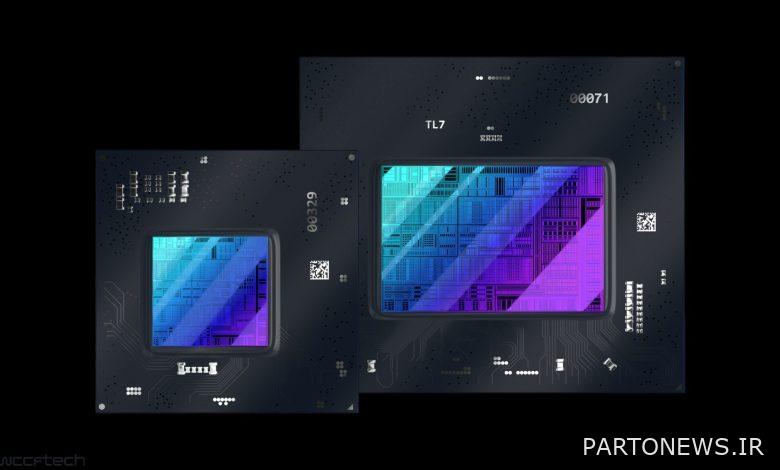
Finally, after a long time of rumors, revelations and news related to separate graphics Arc Alchemist laptop by Intel Were introduced. The first series of Arc GPUs will be released for notebooks, and then more products will be available for desktops and workstations throughout the year.
All Arc Alchemist graphics use 6-nanometer TSMC technology. We know from previous published information that these graphics use Xe cores, which will be the basis of the first ARC family. Xe Core is a computing block that uses 16 vector engines and 16 matrix engines.
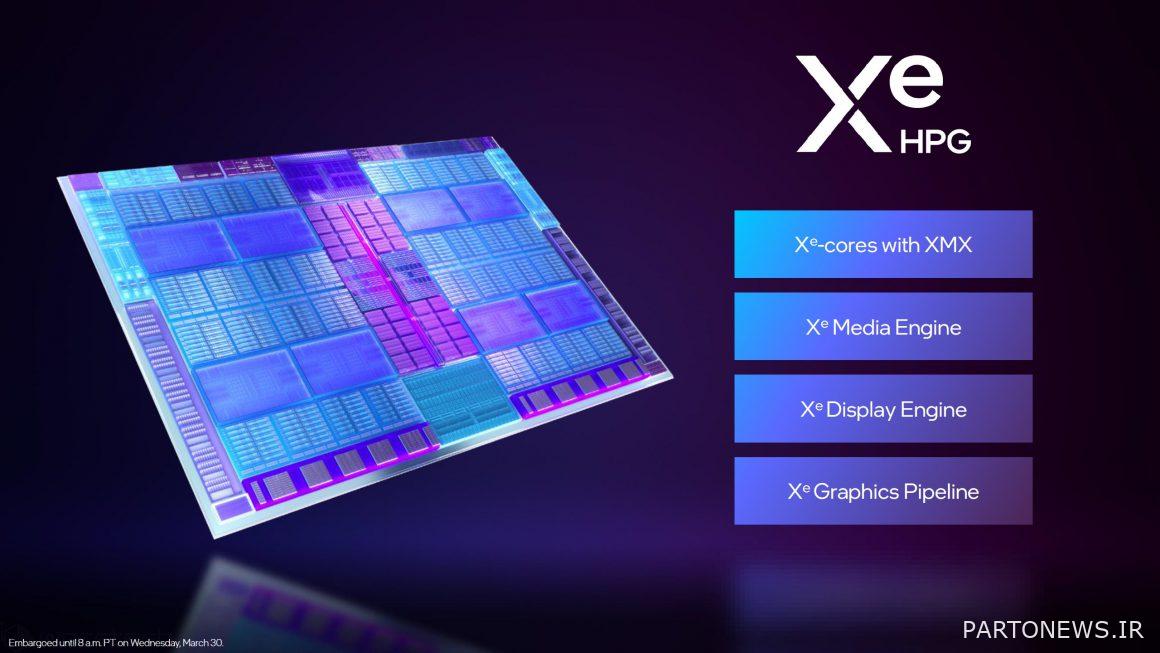
Each vector engine contains 8 ALUs, which means we have a total of 128 ALUs per Xe core. In addition, each Xe Core has its own 192 KB of level one cache and there will be 6 MB of level 1 cache in the full chip.
Separate Arc Alchemist graphics for Intel laptops were introduced
Alchemist graphics use Xe Core, which falls into groups called Render Slice. Each Xe Core contains 16 Vector Engines (256 Bit) and 16 Matrix Engines (1024 Bit). Below each Xe Core we see a Ray Tracing Unit (without any different names like AMD and Nvidia). In fact, DG2 graphics have the same number of Xe Core and Ray Tracing Unit. These models also use Memory Fabric, which is a large two-level cache.
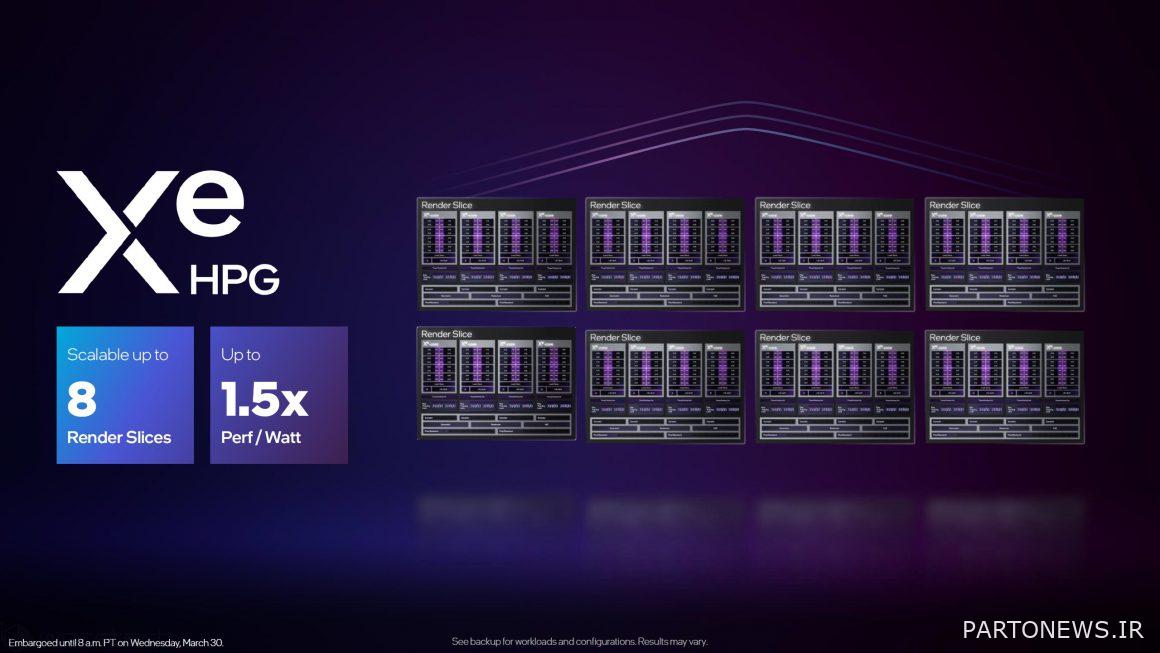
The Xe HPG architecture is capable of delivering 1.5 times higher frequency and 1.5 times higher performance per watt than the Xe LP.
One of the most important parts of Intel graphics is the Matrix Engine section, also known as the XMX block, which actually performs Tensor operations in FP16, INT8, and INT4 modes. XMX will increase the computational capabilities for INT8 inference by up to 16 times. This means that performance is improved for XeSS proprietary technology, or Xe Super Sampling.
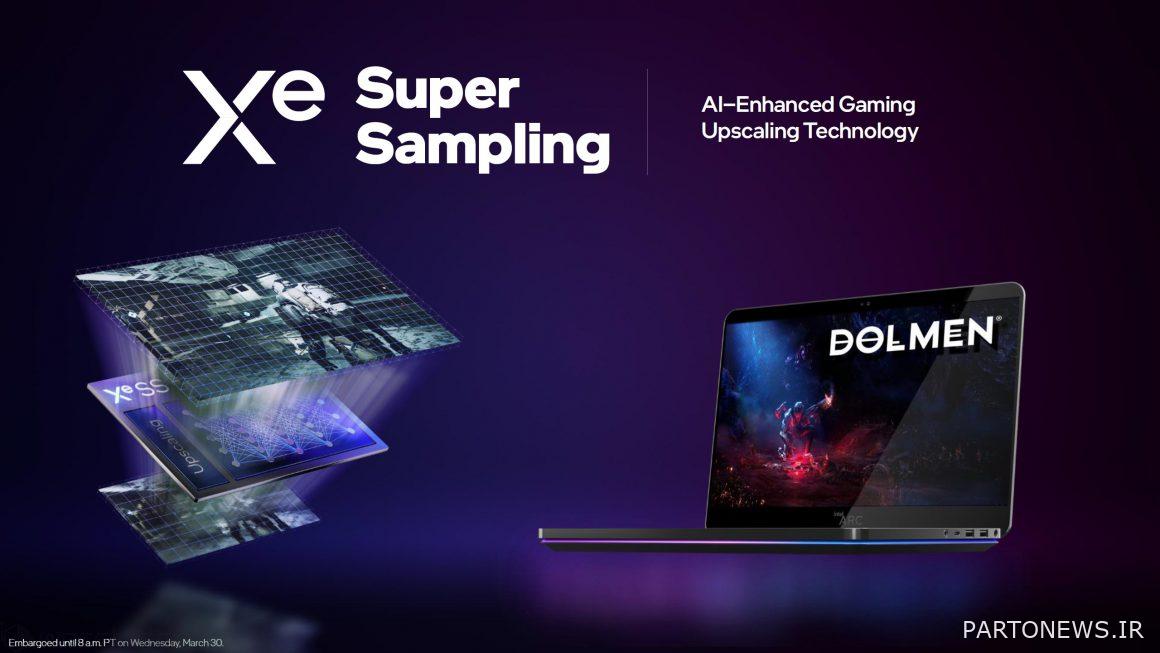
Intel has confirmed that Alchemist will include only two SoCs, the ACM-G10 (with 32 Xe cores) and the ACM-G11 (with 8 Xe cores). The A550M, A730M and A770M are all based on the G10, while the A370M and A350M also use the G11, formerly known as the DG2 128EU. Finally we have to say that there are no surprises about the specifications, at least for Arc 3 and Arc 7.
The Intel Arc A770M uses a flagship model of 32 Xe cores, up to 16 GB of GDDR6 memory and 256-bit bus. By default, the frequency of this model is 1.65 GHz and its thermal power is in the range of 120 to 150 watts. The A730M comes with 24 Xe cores and 12GB of GDDR6 memory under the 192-bit bus. Its thermal power will be 80 to 120 watts and the frequency is only 1.1 GHz.
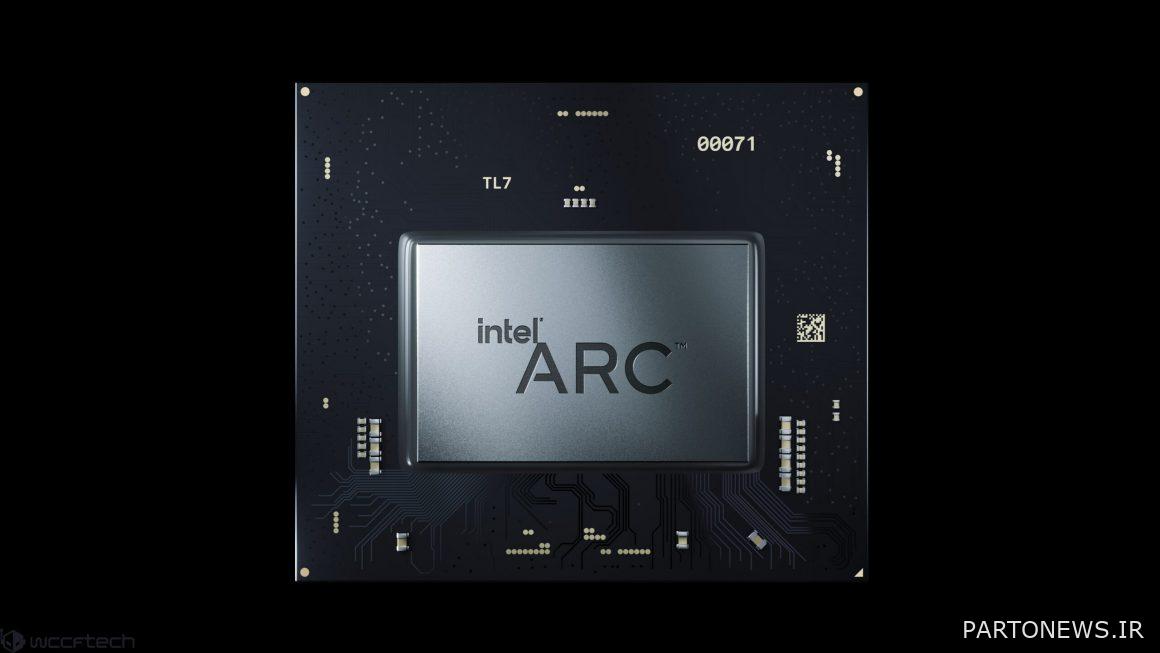
The Arc A550M has half the G10 Silicon Xe cores and 8GB of GDDR6 memory with a 128-bit bus. This mid-range model has a thermal power of 60 to 80 watts.
The lower-end A370M and A350M both use the same silicon, which has up to eight Xe cores, but the A350M has two of these cores disabled. The original silicon bus is 96 bits, but both models use a 64-bit bus with 4 GB of memory. The A370M has a frequency of 1.55 GHz and a power of 35 to 50 watts, while the A350M offers a clock of 1.15 GHz and a power of 25 to 35 watts.
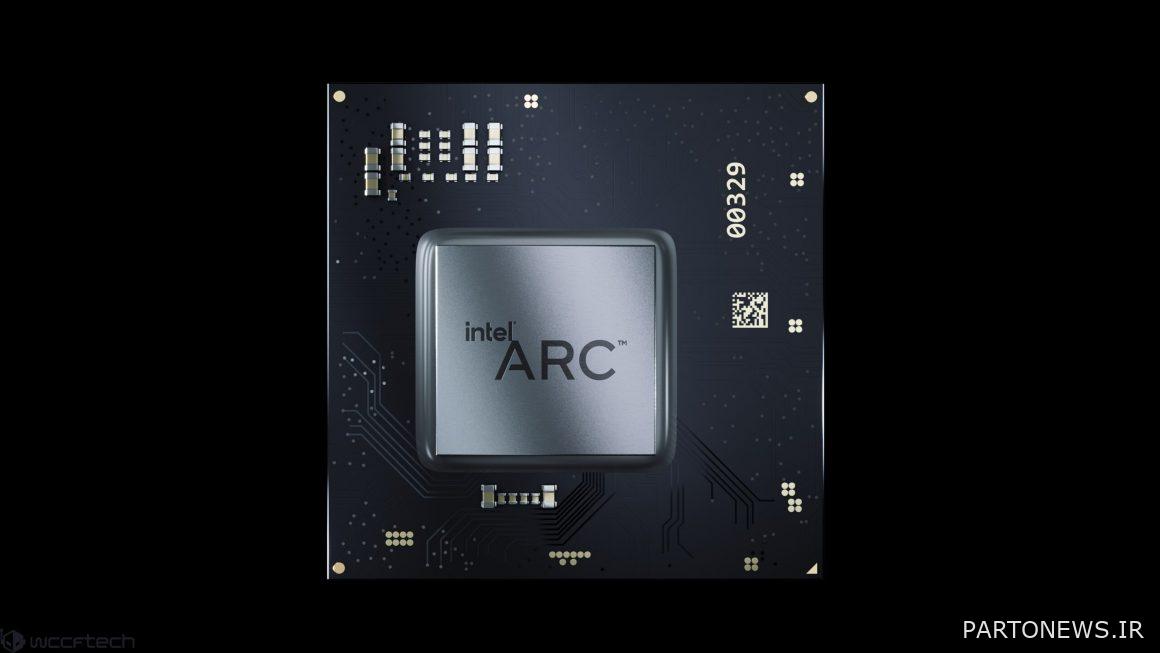
| Model | Arc A350M | Arc A370M | Arc A550M | Arc A730M | Arc A770M |
| GPU | ACM-G11 | ACM-G11 | ACM-G10 | ACM-G10 | ACM-G10 |
| Number of Xe cores | 6 | 8 | 16 | 24 | 32 |
| Number of executive units | 96 | 128 | 256 | 384 | 512 |
| Number of FP32 cores | 768 | 1024 | 2048 | 3072 | 4096 |
| Frequency | 1150 MHz | 1550 MHz | 900 MHz | 1100 MHz | 1650 MHz |
| Memory | 4 GB GDDR6 | 4 GB GDDR6 | 8 GB GDDR6 | 12 GB GDDR6 | 16 GB GDDR6 |
| Memory bus | 64 bits | 64 bits | 128 bits | 192 bits | 256 bits |
| thermal power | 25 to 35 watts | 35 to 50 watts | 60 to 80 watts | 80 to 120 watts | 120 to 150 watts |
Score: 5.0 Out of 5 (2 votes)
wait a little…

